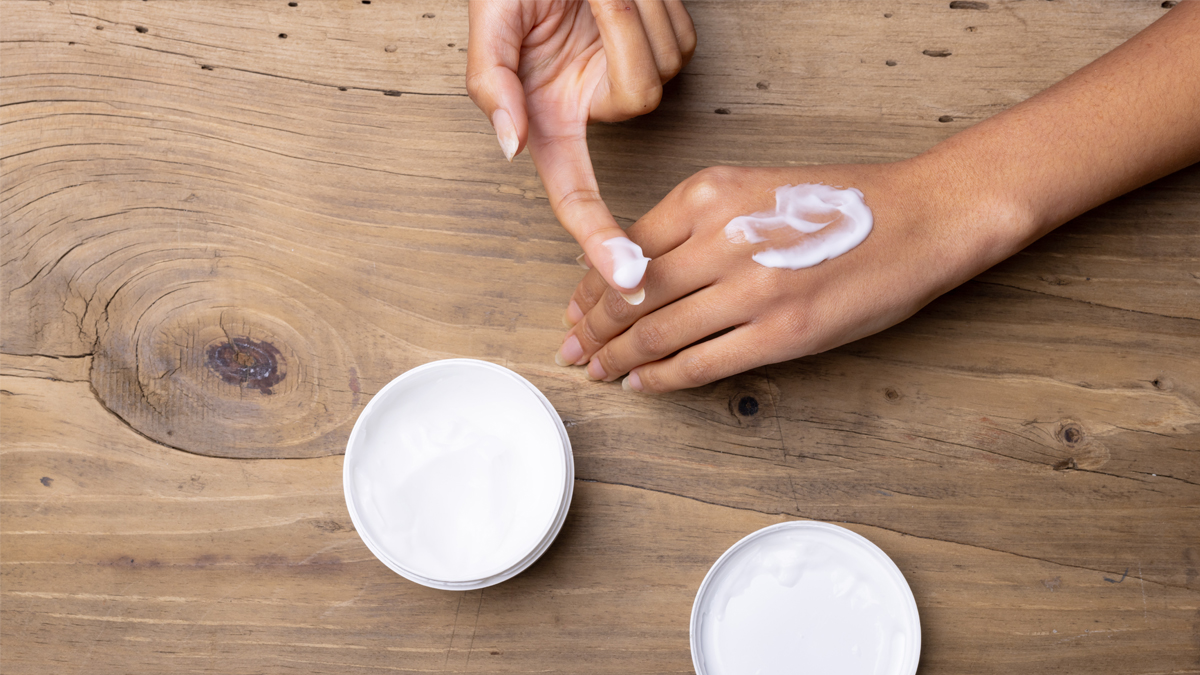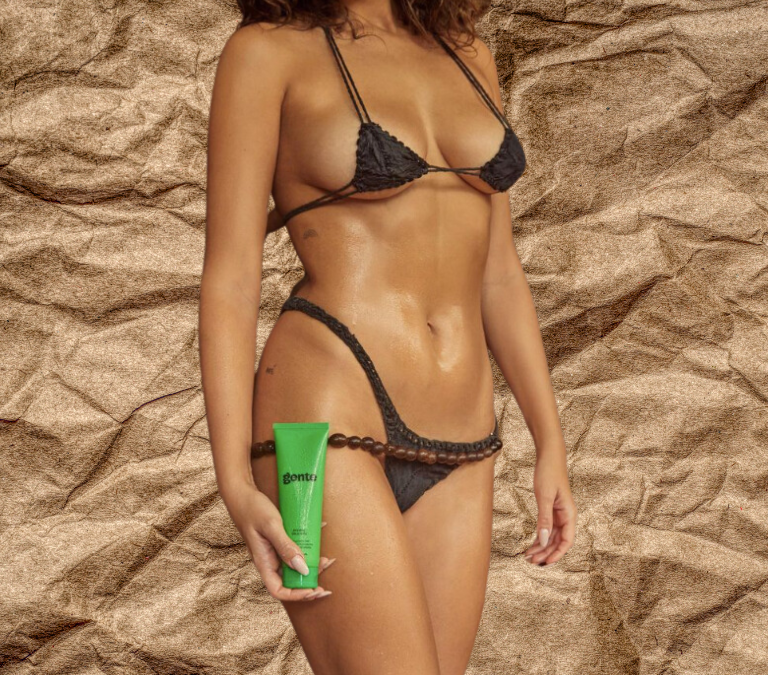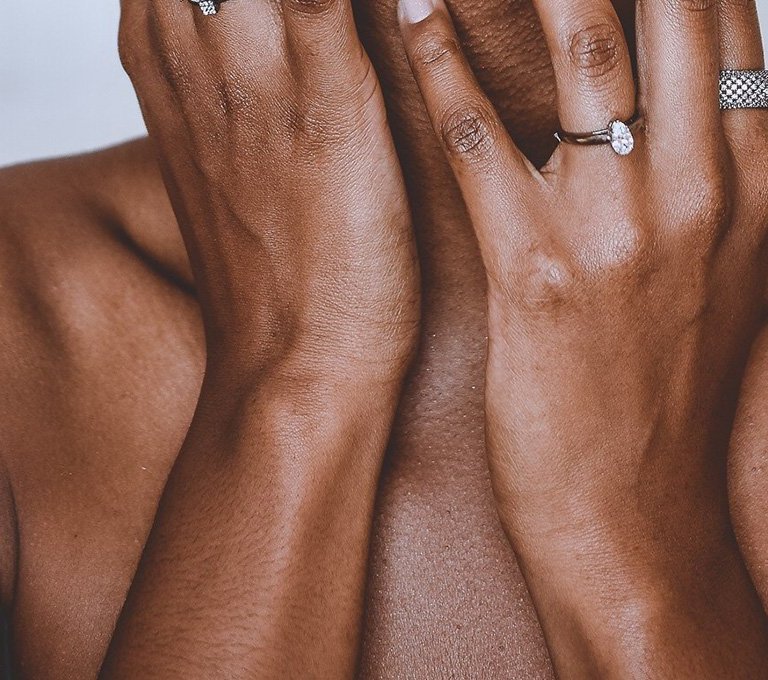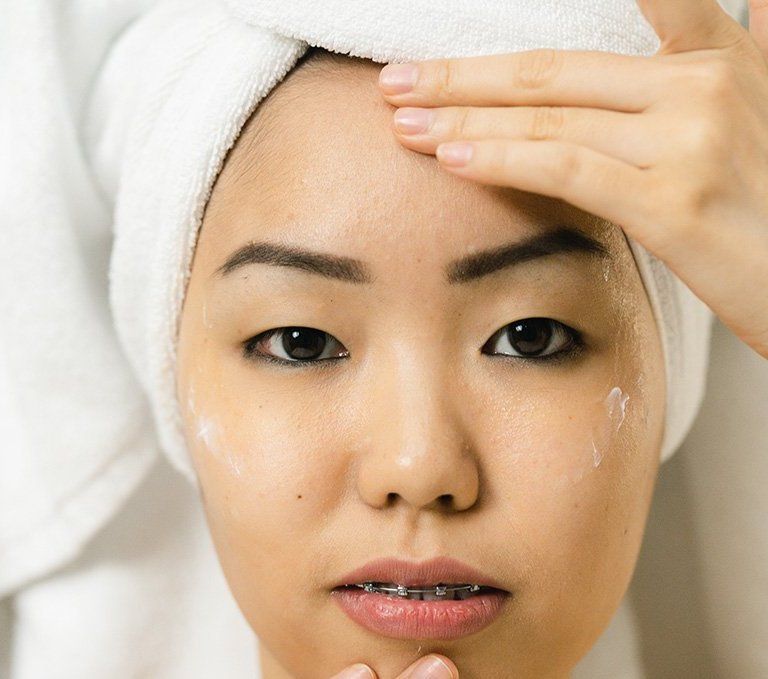
Okay, beauty lovers, we know all the beauty blogs and brands have you stocking up on products to achieve a perceived holy grail of having one color of your skin from head to toe. That’s not really a thing — unless you’ve got time, patience, and next-level dedication.
[SEE ALSO: What Are Skin Blemishes & How To Clear Them Up]
Most of us know just achieving clear, blemish-free facial skin is a feat — and that’s actually one of the easiest goals because of higher skin cell turnover. But, the rest of your body? Nah.
That’s why we loved this Instagram post from Danielle Gray, aka the Style And Beauty Doctor, dishing on places that it’s totally normal to have hyperpigmentation, i.e., darker spots or areas on your bod.
“It’s OK to NOT be all one color, from head to toe,” she captions the video, breaking down things that can trigger discoloration outside of acne.
Here are nine places she says it’s totally normal to have some discoloration
Your Joint
We’re talking elbows, knees and knuckles. These areas are darker because of constant moving and stretching of this part of the skin. It can also be caused by excessive rubbing or friction from clothes or kneeling.
Your Butt
Yes, it is totally normal for your backside to be darker than the rest of your skin. You sit on it everyday and it rubs against your clothes, chairs, couches, etc.
Anywhere Skin Rubs Against Itself
It’s also normal for anywhere that your skin rubs against itself to show discoloration. This includes in-between your thighs and under folds of skin.
Bikini Line, Underarms & Shoulder (Bra Strap)
These areas often experience discoloration due to friction — whether from razor blades, ingrown hairs, or constant rubbing from the weight of clothes.
Of course, as we shared earlier, you can work to exfoliate, even and brighten each one of these areas. Lightening creams, turmeric-based masks, and vitamin C are great options to help reduce hyperpigmentation.
For areas with hair, you could also choose to shave less, or try sugaring or waxing (though these could also lead to skin irritation and ingrown hairs, as well). And, if you want to to explore more permanent options like laser hair removal or electrolysis.make sure to “talk to a well-vetted skin of color professional,” advises Daniel.
But, as Danielle reminds us, “the discoloration will come back unless you avoid what caused it in the first place, which can be difficult to avoid. Thighs [are] gonna thigh — unless you just stop walking.”



